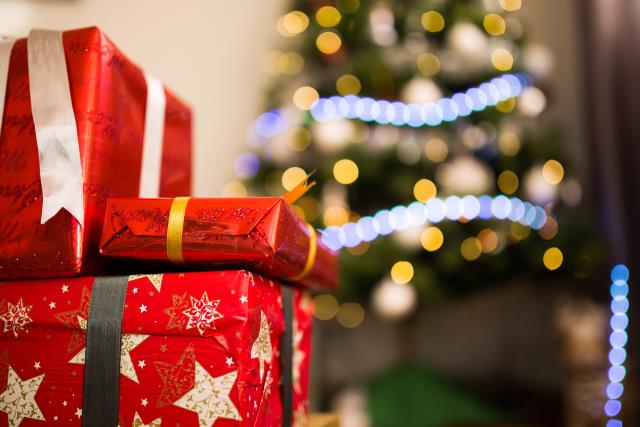By Glen Atwell
THE Sandown seagulls have again flapped themselves into trouble.
Despite causing a headache for racecourse management, the protected gulls aren’t going anywhere.
Moments after the last race on Saturday afternoon, thousands of startled seagulls quickly turned the blue skies into a white haze.
Memories of a scary track invasion in March last year, that left two jockeys hospitalised, were quickly recalled, as onlookers wondered whether the seagulls were a genuine cause for concern.
This time the horses and jockeys had passed the post and returned to the mounting yard before the two-legged lakeside residents suddenly enveloped the course lake.
On 31 March last year, horses and jockeys were sent flying as hundreds of gulls rose from the track about 200 metres from the winning post.
Five jockeys were dislodged, apprentice Brady Cross broke his arm and all were seriously shaken as stewards declared the race void and forced all bets to be refunded.
At the time, Melbourne Racing Club officials declared something would be done about the unwelcome visitors and for a short time, most of the gulls were gone.
But Sandown’s seagull colony has recently resurged.
Racecourse manager Tim Bailey said after the first incident, bird squawkers were installed to deter the gulls.
“The squawker intermittently emits the distress cry of a seagull, so the other birds think there is danger and move away,” he said.
But the serial chip-stealers soon discovered the squawker’s bluff.
“It worked well for a while, then the seagulls started to work out what was happening, so we changed the frequency of the noises, but they eventually got used to it,” Mr Bailey said.
Culling was not an option; believe it or not, the seagull is a protected species.
A Department of Sustainability and Environment spokesperson confirmed the seagull was indeed native.
“The seagull is an Australian species, therefore it is deemed protected and can’t be culled,” he said.
Mr Bailey said the seagulls were an on-going, but manageable problem.
“We’re talking to the Department of Sustainability and the racing club is working to co-exist with the seagulls,” he said.
The recent rise in numbers was blamed on drought and tough water restrictions.
Mr Bailey said local sporting ovals and golf clubs didn’t have green grass at the moment.
“Sandown Racecourse has a lake and thick, green grass, the seagulls love it,” he said. All racing at Sandown is now completed by 5pm to avoid the regular dusk departure of the gulls.
“During races all the groundstaff on the inside of the track are aware of the seagull problem and are ready to take action,” Mr Bailey said.
It looks like Sandown’s feathered friends are here to stay.
Flap over flock
Digital Editions
-

Dessert options for a sweet Christmas treat
While plum pudding, also known as Christmas pudding, is a traditional festive dessert in many parts of the world, some people prefer to explore alternatives…





